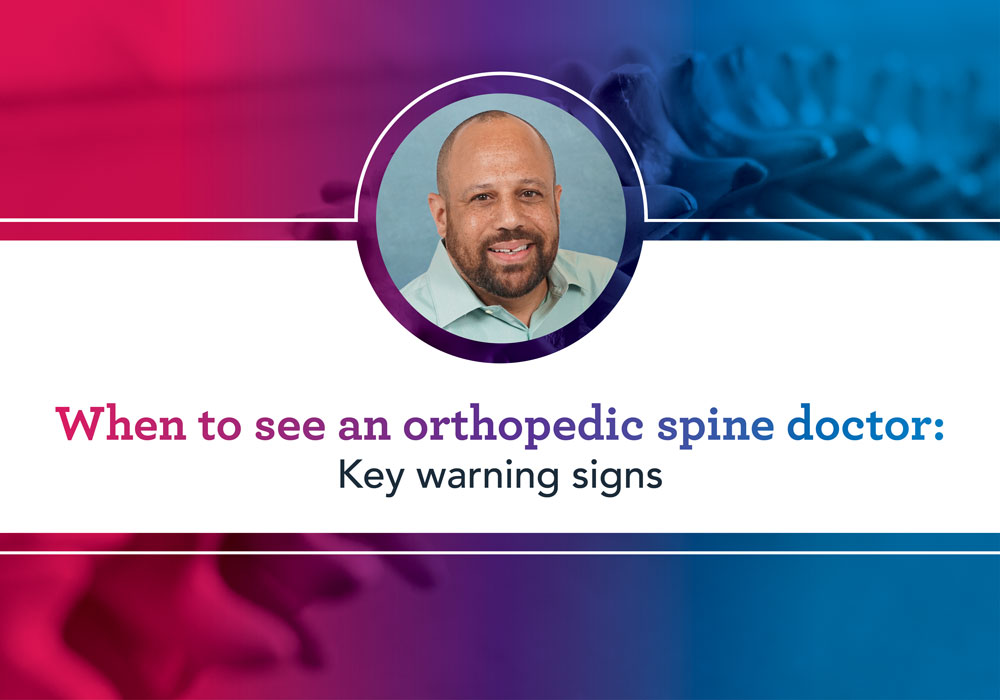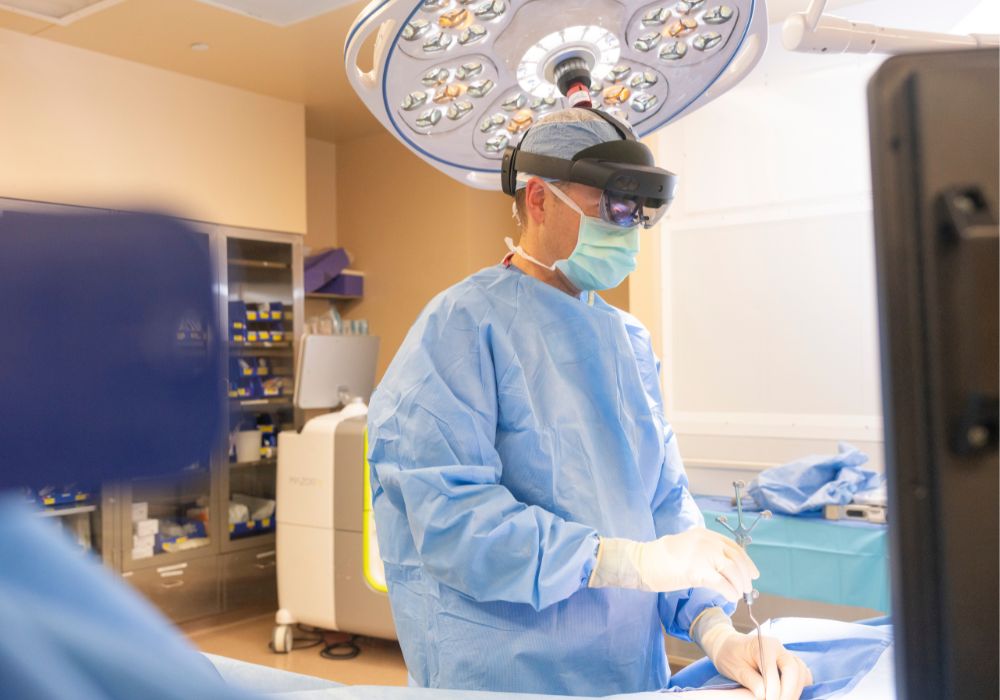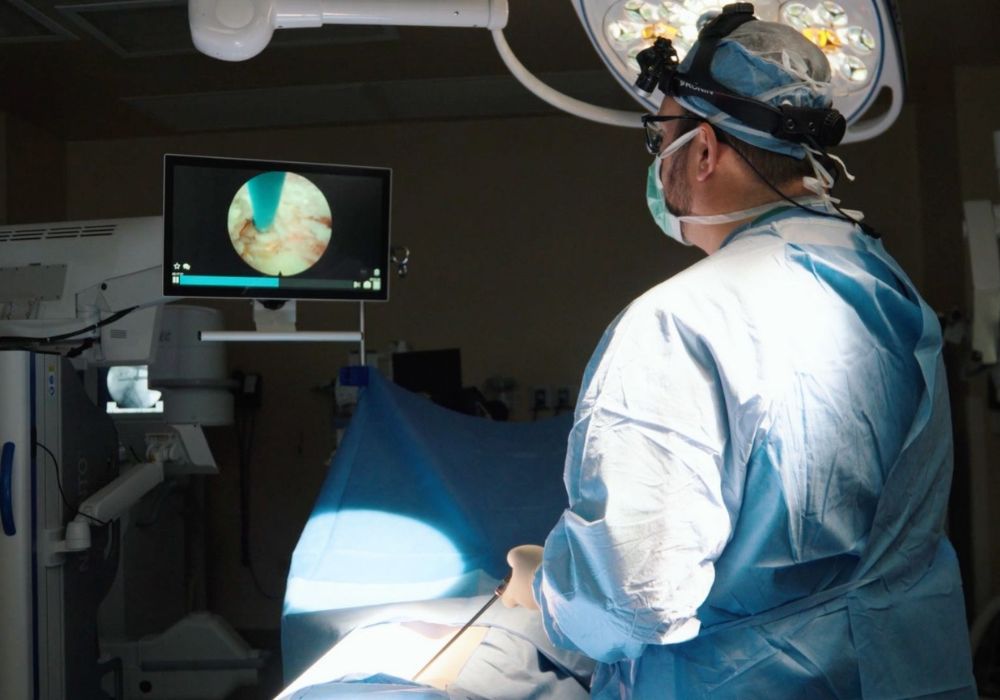THIS POST IS PART OF THE ULTIMATE GUIDE TO BACK PAIN RELIEF
Spinal fractures vary in terms of severity and location on the spine. Some fractures may require immediate emergency medical treatment, while other fractured spine conditions can be a result of osteoporosis.
Anatomy
The spine is made up of 24 bones, called vertebrae, which are stacked on top of one another. These bones connect to protect the spinal cord. The seven small vertebrae that begin at the base of the skull and form the neck comprise the cervical spine.
Your spinal cord and nerves travel through the spinal canal carrying messages between your brain and muscles. The intervertebral discs between your vertebrae are flexible, flat and round discs and are about a half-inch thick. They act as shock absorbers when you walk or run and allow motion between the vertebrae.
Most fractured backs occur in the thoracic (midback) and lumbar spine (lower back) or at the connection of the two (thoracolumbar junction).
Types of spinal fractures
- Flexion fracture pattern
-
- Compression fracture: The front (anterior) of the vertebra breaks and loses height and the back (posterior) does not. This fracture is usually stable and is rarely associated with neurologic problems. Usually occurs due to osteoporosis.
- Axial burst fracture: The vertebra loses height on both the front and back sides. Usually occurs from a fall from a height.
- Extension fracture pattern: The vertebra is literally pulled apart. Typically occurs from a car accident.
- Rotation fracture pattern
-
- Transverse process fracture: Fairly uncommon and results from rotation or extreme sideways bending.
- Fracture-dislocation: Unstable injury involving bone and/or soft tissue in which a vertebra moves off an adjacent vertebra. These injuries can cause serious spinal cord compression.
What causes a fractured spine?
Fractures of the thoracic and lumbar spine result from trauma such as car crash, fall from a height, sports accident or a violent act. It is common for patients to also obtain additional injuries during these types of accidents. Furthermore, the spinal cord may also be injured depending on the severity of the fracture.
Symptoms of spinal fractures
- Moderate to severe back pain
- Pain that worsens with motion
- If the spinal cord is involved, the patient may experience bowel/bladder dysfunction
- In extreme trauma cases, the patient may also have a brain injury and lose consciousness
Physician examination
Patients with severely fractured spines will require immediate emergency stabilization at the accident scene, usually by EMS rescue workers. Then, the emergency room doctor will conduct a thorough physical evaluation of the patient. A neurological test and imaging tests will be necessary to confirm the diagnosis.
In less extreme cases, to determine whether you have a fractured back, your physician will ask you for a complete medical history, have you describe your symptoms and conduct a physical examination. An X-ray, CT scan, bone scan or MRI is usually necessary to confirm the diagnosis.
MAKE AN APPOINTMENT WITH AN ORTHOINDY SPINE SURGEON

Treatment
Treatment depends on the severity of the fractured spine and whether you have other associated injuries. Once a trauma team has stabilized other life-threatening injuries, the spine physician will evaluate the fracture pattern and determine the best course of treatment.
- Flexion Fracture Pattern
Most commonly flexion injuries can be treated with bracing and a gradual increase in physical activity. Physical therapy may be necessary to avoid post-injury problems. Surgery may be necessary if there are multiple bone fragments, severe loss of vertebral height, excessive forward bending or significant knee injury. Surgery will decompress the spinal canal and stabilize the fracture called a laminectomy. During a laminectomy, the physician will remove the bony arch that forms the backside of the spinal canal, along with any bone or other structure pressing on the spinal cord. - Extension Fracture Pattern
Extension fractures that occur only through the vertebral body are typically treated without surgery. Patients will most likely wear a brace and be observed regularly by a spine specialist for three to six months. Surgery is typically necessary if there is an injury to the posterior (back) ligaments of the spine or if the fracture falls through the discs of the spine. - Rotation Fracture Pattern
Some transverse process fractures are treated with a gradual increase in motion based on comfort level. However, most will be treated with surgery. Depending on the fracture pattern, the spine physician may perform the procedure through an anterior (front), lateral (side) or posterior (back) approach. Sometimes, a combination of all three is necessary.
Recovery
In all spinal fracture cases, a period of rehabilitation is almost always necessary; it might be at home exercises and stretches or a period of physical therapy.
Learn more about treatment options for neck and back pain at OrthoIndy.
Schedule an appointment
Your well-being is important to us. Click the button below or call us to schedule an appointment with one of our orthopedic specialists. If your injury or condition is recent, you can walk right into one of our OrthoIndy Urgent Care locations for immediate care. For rehabilitation and physical therapy, no referral is needed to see one of our physical therapists.

Get the Ultimate Guide to Back Pain Relief
Our comprehensive guide will help you understand back pain and its different causes, like sciatica, herniated disk, scoliosis, pinched nerves and more.





